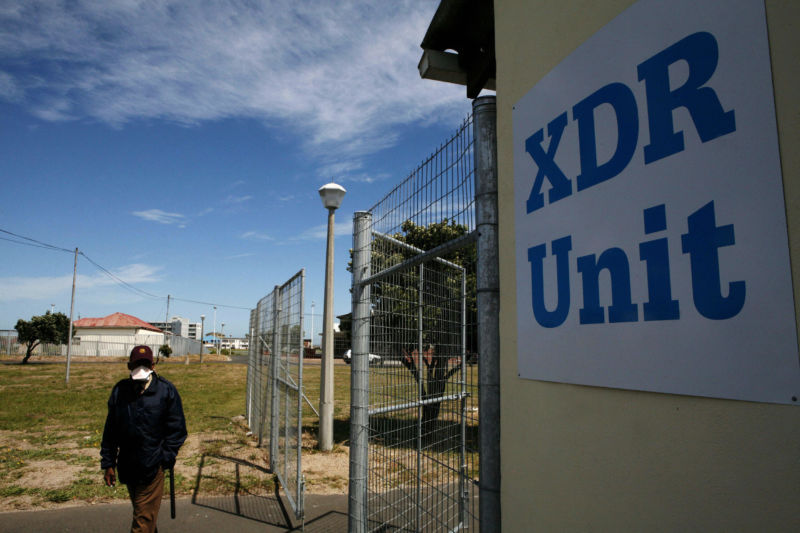How a new antibiotic destroys extremely drug-resistant tuberculosis
Ars Technica » Scientific Method 2019-08-16

Enlarge / A security guard mans the gate 23 January 2008 of the ward of extreme drug resistant tuberculosis (XDR-TB), a near untreatable strain of the disease, at the Brooklyn Infectious Disease Hospital in Cape Town. The hospital is trying to take extra security measures to ensure patients with XDR stay there for treatment, instead of leaving to go back to their communities, still highly contagious. (credit: Getty | AFP)
The Food and Drug Administration on Wednesday approved a new antibiotic that, when combined with two existing antibiotics, can tackle the most formidable and deadly forms of tuberculosis. The trio of drugs treats extensively drug-resistant tuberculosis (XDR-TB), along with cases of multidrug-resistant tuberculosis (MDR-TB) that have proven unresponsive to other treatments.
Tuberculosis is the single leading infectious killer in the world, infecting an estimated 10 million people in 2017 and killing 1.6 million of them. XDR-TB and MDR-TB are even more savage forms of the disease, which is caused by the bacterium Mycobacterium tuberculosis. The drug-resistant strains of TB kill an estimated 60% and 40% of their victims, respectively.
MDR-TB strains can resist at least the two most powerful anti-TB drugs, isoniazid and rifampin. A strain gets into XDR-territory when they also become resistant to any fluoroquinolone drug, such as ciprofloxacin or levofloxacin, plus at least one of three injectable second-line drugs, which are amikacin, kanamycin, and capreomycin. Drug-resistant strains of tuberculosis infected an estimated 558,000 people in 2017.